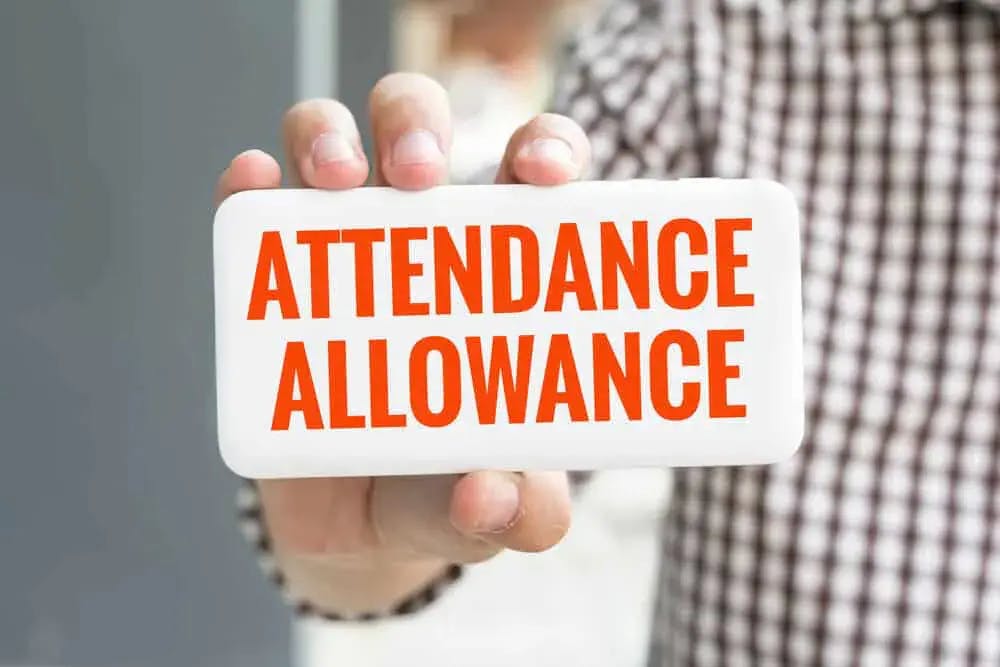Self-Funding Care | How Paying For Your Own Care Works

Estimated Reading Time: 7 minutes
Whether you pay for your own care depends on the total value of your savings and income (and assets if care in a care home is needed). This article explains whether you’re classed as a self-funder when paying for care and, if so, how to arrange care as a self-funder, what to do if your financial situation changes, benefits you could be eligible for and different ways to raise money to pay for your care.
Kickstart your care search
Discover the best care homes in your area through Lottie.
In this article:
- Are you classed as a self-funder for care?
- How to arrange care as a self-funder
- What to do if your financial situation changes
- Find support from your local council
- Is there a cap on self-funding care?
- Benefits for self-funders
- Other ways self-funders can raise money to pay for their care
Are You Classed as a Self-Funder For Care?
Whether you’re classed as a self-funder when paying for care (in your own home or in a care home) depends on the outcome of a financial assessment. This immediately follows a care needs assessment and works out the total value of your savings and income, along with any assets such as properties if you need care in a care home.
Each part of the United Kingdom has its own care funding thresholds. If you’re above your country’s upper threshold, you’ll be classed as a self-funder and will pay for your own care. If you’re between the upper and lower threshold, you’ll qualify for partial funding from your local authority. If you’re below the lower threshold, you’ll qualify for full local authority funding.
Here are the 2024/2025 UK savings thresholds:
| Country | Upper Savings Threshold | Lower Savings Threshold |
|---|---|---|
| England | £23,250 | £14,250 |
| Northern Ireland | £23,250 | £14,250 |
| Scotland | £32,750 | £20,250 |
| Wales | £24,000 | N/A |
Care in a care home
When paying for permanent care in a care home, assets such as your home will usually be included in a financial assessment, along with your savings and income.
There are a few circumstances where the value of your home won’t be included, such as if your spouse, partner or civil partner still lives in the home.
Care at home
Assets such as your home won’t be included in a financial assessment when paying for home care, provided you plan to continue living in it while receiving home care. Only the value of your savings and income will be taken into account.
How To Arrange Care as a Self-Funder
There are two main ways to arrange care as a self-funder:
Arrange and pay for care yourself. You can use Lottie to do this, by finding a care home or home care agency through our free service. You can also request a free list of care homes or home care providers, and our care experts will send you relevant options nearby that match all your requirements
Ask your local authority to arrange care for you. They’ll then bill you the cost. However, not all local authorities offer this, and some may charge for the service
We’re here to help you find the right care home for you or your loved one. You can request a free list of care homes from our care experts, who will then share homes matching your budget, location and type of care needed. You can also search for a care home through our easy-to-use directory.
Find Support From Your Local Council
Local councils throughout the UK have pages dedicated to funding support and information in their specific area. For example, Wigan Council have a page explaining funding thresholds and how much you’ll likely have to pay for care.
Find your local council here by entering your postcode.
What To Do If Your Financial Situation Changes
If your financial situation changes, such as if the total value of your savings and income (and assets if care in a care home is needed) is now below your country’s threshold, your situation can be reviewed.
Your new financial circumstances could mean you switch from self-funded to local authority-funded care.
Top-up fees
If you’re now eligible for local authority-funded care but the amount your local authority can provide isn’t enough to continue living in the care home you currently reside in, the difference can be made up through a top-up fee. This is where a third party, such as a family member, friend or charity, pays the remaining cost of your care home balance.
When paying for your own care, somebody can also help you make up some of this amount.
Is There a Cap on Self-Funding Care?
Currently, there isn’t a cap on self-funding care, meaning as long as you’re above your country’s threshold, you’ll continue paying for your own care. However, the government is due to introduce a cap on care fees in England. This will come into effect in October 2025, having been previously due to come into effect in October 2023.
Once active, the most anyone will have to pay for their own personal care across their lifetime is £86,000. This doesn’t include daily living costs such as accommodation and food that make up the other parts of weekly care costs. Local councils have set a flat rate of £200 per week as a daily living cost which they’ll always deduct to give a personal care cost.
Your local council won’t consider the private cost of your care home either. Instead, they’ll use the council rate in that area (what someone would pay via local authority funding). For example, if your council’s local authority rate is £600 per week, then £400 a week of whatever you pay will be counted towards the care cap, regardless of what you’re paying privately (so in this case, it’d take 215 weeks to reach this cap).
A new threshold will also mean that you won’t have to pay for your care unless the total value of savings and income (and assets if care in a care home is needed) is above £100,000.
Benefits For Self-Funders
When paying for your own care, you could be eligible for Attendance Allowance or Personal Independence Payment (PIP). Attendance Allowance is for people above the State Pension age, while Personal Independence Payment is for people below it.
Self-funders who require extra care and support due to a disability, illness, or other medical condition may be eligible for one of these benefits.
Other Ways Self-Funders Can Raise Money To Pay For Their Care
Equity release
This allows you to release money from the value of your home to pay for care. The money is usually repaid when you permanently move into a care home or pass away.
Deferred payment agreements
A deferred payment agreement is an arrangement made with your local council. Under this agreement, they’ll pay for your care, and you'll pay them back later, usually after your home has been sold or you pass away.
Immediate needs annuities
An immediate needs annuity is a form of insurance policy that provides a regular income in exchange for a lumpsum investment made upfront. When used to pay for long-term care, immediate needs annuities provide a guaranteed income for life.
The long-term care funding provided by an immediate needs annuity often allows older adults to receive or continue receiving high-quality care, both at home and in a care home.
Lottie matches care seekers with the best care homes for their needs. You can request a free list of care homes from our care experts, who will share homes that match your budget, location, and type of care needed. You can also search for a care home through our easy-to-use directory.
Frequently Asked Questions
Are self-funders entitled to a care needs assessment?
Yes, self-funders are entitled to a care needs assessment. Even when paying for your own care, you can still have your needs assessed to work out what care you might need.
This includes whether you can be looked after in your own home or may need to go into a care home, the amount of care you need, and the specific types of care required.
Free Care Fees & Funding Email Course
Written by our team of experts and designed to help families fund later life care in England.



